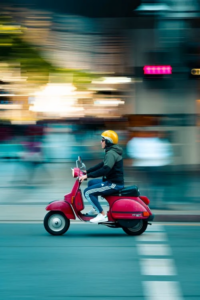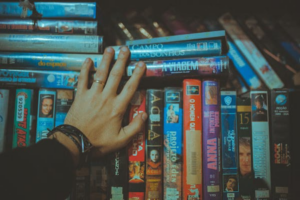A fisheye lens also called an “ultra-wide” or “super-wide” lens, is a type of wide-angle lens that captures an extremely wide photo, typically around 180°. The images they create are highly distorted, giving them a dynamic, abstract feel.
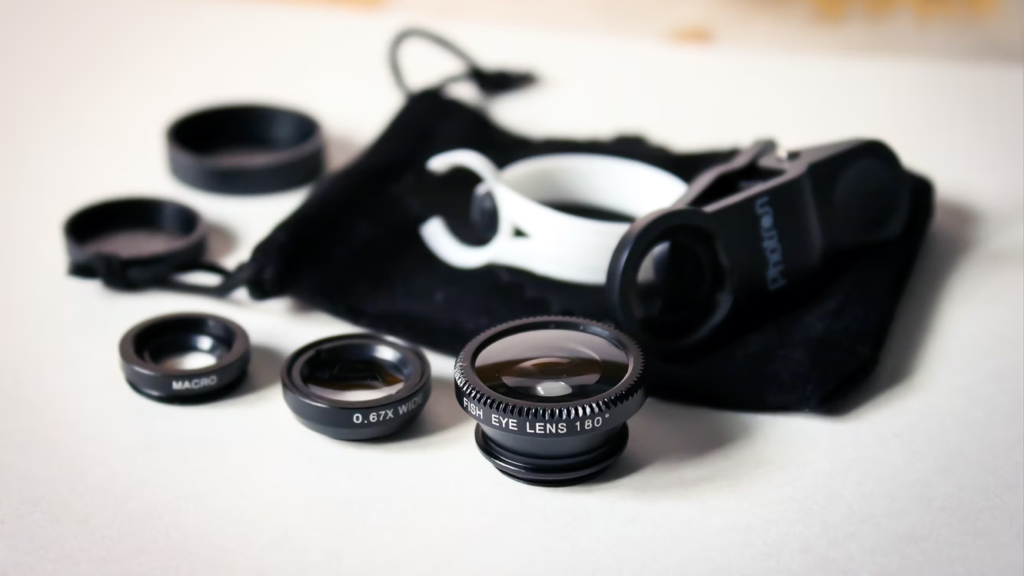
Fisheye Lens History
The fisheye lens has roots dating back to 1906. Inventor and physicist Robert W. Wood developed a lens based on how a fish would view the world beneath the water. The lens grew in prominence in the 1920s when it was used to study cloud formations in meteorology. But the lens didn’t really rise to prominence until the 1960s. This was the time when the fisheye lens was finally mass-produced.
The fisheye lens came into action in the 1966 film Seconds by director John Frankenheimer.
It’s an eerie, frightening scene, and the distortion created by the lens aids in making the audience feel a certain way. Although fisheye lens images have become more advanced over the years, they have appeared in numerous other films for various purposes.
What is the Use of the Fisheye Lens?
Fisheye lenses are well-known for capturing extremely wide panoramas of landscapes, and the sky, and shooting close-up subjects such as crowds, architecture, and interiors. They are also used to photograph action sports such as snowboarding, skateboarding, and surfing.

Many photographers have adopted fisheye lenses due to the unusual, distorted photos they produce. They use them to take attractive photographs of any subject, from still life to portraits.
Fisheye lens features
In a nutshell, you can use your creativity and employ fisheye lens usage in:
Creating an impression of viewing through a peephole

Fine Art/ Food/ Landscape photography


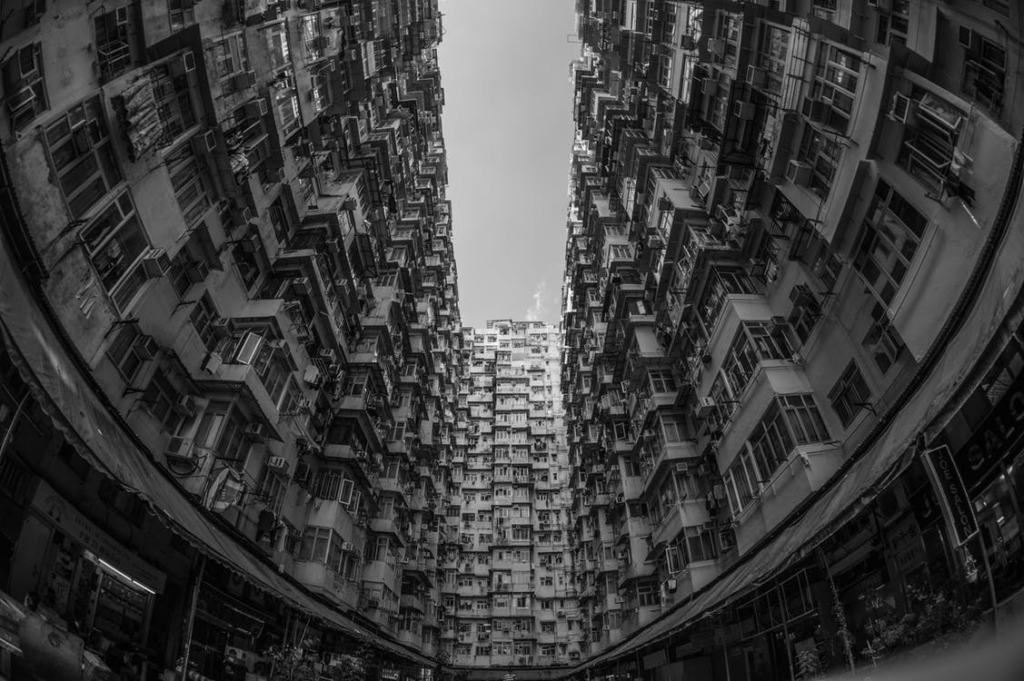
Producing pictures with an eerie effect

Adventure Sports
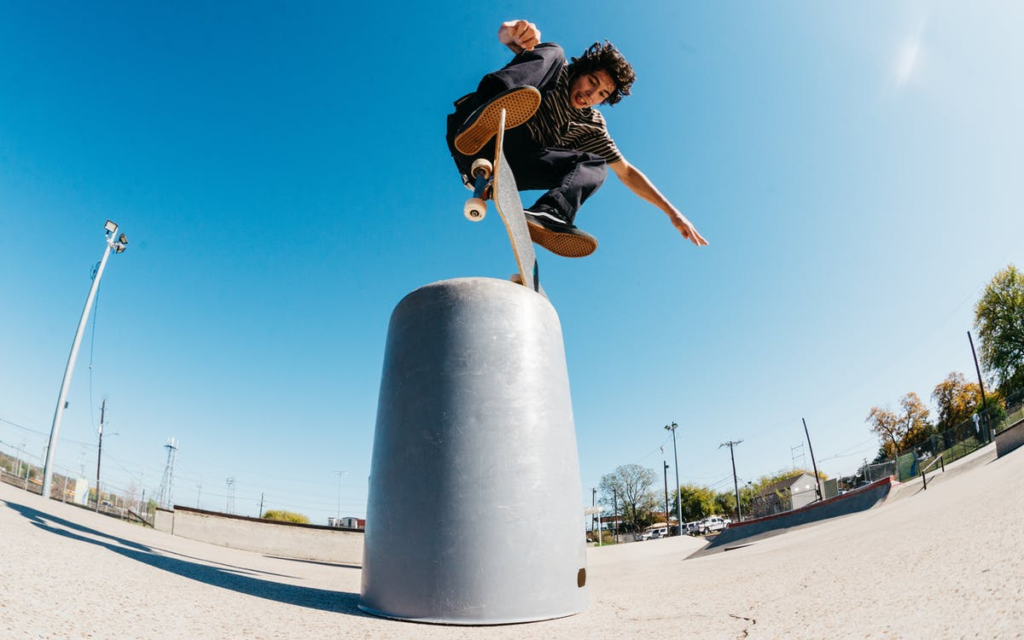
What are the Types of Fisheye Lens?
There are two types of fisheye lenses,
- Circular
- Full-frame
Each produces a very different effect.
Circular Fisheye Lenses
A circular fisheye lens captures a full 180° view in all directions, resulting in a circular image with black frame edges. These fisheye lenses tend to be used for artistic purposes like skateboard photography or shooting unusual landscapes and cityscapes.

Full-Frame Fisheye Lenses
Full-frame fisheye lenses cover 180° along the diagonal, producing a less wide-angle, rectangular photo without the black borders.
Although they do not cover wide-angle, photographs taken using a full-frame fisheye lens are rectangular and do not have black edges. This makes them suitable for practical purposes like traditional landscape photography and shooting building interiors.

Settings to Consider While Using Fisheye Lens
Focal Length
A typical circular fisheye lens might possess a focal length of 8mm to 10mm for cameras with a 35mm sensor or film. On the other hand, full-frame lenses have slightly longer focal lengths, i.e., usually 15mm to 16mm.
Crop Factor
Like all other lenses, the focal length is effectively increased for cameras with a sensor below 35mm. To determine the equivalent focal length, multiply its focal length by the camera’s “crop factor.” For instance, a 10mm fisheye lens on a camera with a crop factor of 1.5 might have an effective focal length of 15mm. This will create a narrower field of view.
For this reason, many manufacturers produce fisheye lenses designed specifically for cameras having smaller sensors. These cameras have even shorter focal lengths, sometimes as low as 1mm, to create a full 180° photo.
Angle of View
A “true” fisheye lens is considered one that can capture 180° at the widest point. However, some manufacturers sell lenses that go even further, up to 220°. These lenses seem big, heavy, and expensive and are generally used for specialist technical work.
If you desire to capture more than 180°, it is possible to stitch more than one fisheye photo using software such as Photoshop. This allows you to create images that cover 360°, making for some exciting, abstract compositions.
Image Distortion
Fisheye lenses suffer from “barrel distortion,” the subjects at the center of the frame appear to bulge outwards, and straight lines curve wildly. This image type is known as a “curvilinear” image.
Fisheye lenses create noticeable barrel distortion, but you can use this to significant artistic effect.
In normal wide-angle lenses, you can correct this to produce a “rectilinear” image, where the perspective in the scene seems normal, and straight lines are straight. However, a fisheye lens has an angle of view too extreme for this type of correction.
This generally isn’t a problem as most photographers use fisheye lenses precisely because of the interesting, unnatural distortions they produce, so this is part of their plan.
Depth of Field
Fisheye lenses have a considerable depth of field as they capture extreme angles. This means that your shots will look sharply focused from front to back, making them ideal for capturing scenes with exciting subjects in the foreground and background.
Conversely, this extreme depth of field makes it almost impossible to isolate your subject by throwing the background out of focus. So again, this is something you need to be aware of when framing your shot so that you can choose an uncluttered background.
Fisheye Lens – Examples from Movies
Directors and cinematographers have unique moments while filming using a fisheye lens. They will have the chance to get more of the surrounding area into the shot, creating a distinct mood.
In other scenarios, fisheye lens use is merely practical. For example, if you need a shot of a character peering through a peephole, this lens provides a similar aesthetic to what you get in real life.
For better understanding, here are some images from movies that are shot using a fisheye lens.

Seconds

2001: A Space Odyssey

Mid90s
Through these examples, we can notice two different ways filmmakers manage to use the fisheye lens. The first is the practical variety. For instance, the Mid90s ends with a short movie where one of the characters is filmed throughout the actual film.
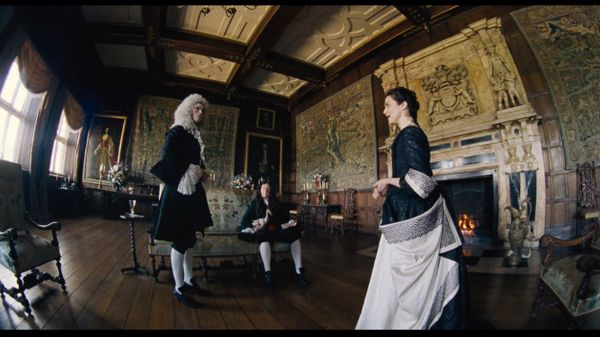
The Favorite
A fisheye lens is used prominently throughout The Favourite movie, one of the best films of 2018. This lens wouldn’t have been around during this period, and it is not like we’re viewing the scene through a camera from a peephole’s perspective. In this case, the lens increases the emotions of the characters. Overall, the film is a surreal experience for an audience where you’re never quite sure where the characters’ allegiances lay. It highlights the bizarreness of Queen Anne’s court.
Fisheye Lens – Music Videos
The fisheye lens is relatively rare in the world of cinema. This is because it offers a distinct look and often makes the audience aware they are watching a fictional film. But one medium where stylistic choices are more readily accepted is music videos.
The fisheye lens grew to prominence at the beginning of the 1960s when it became a staple of album covers. For example, just look at one of the most famous album covers of all time from The Jimi Hendrix Experience.

The fisheye lens became a staple on the album covers thanks to how it makes subjects look almost larger than life. The color palette makes the photo stand out even more in this example, providing a suitably psychedelic vibe.
In the 1980s, there was the advent of music videos. And the prominence of the fisheye lens soon made its way into this new medium. One of the best examples of the fisheye lens in action is the Beastie Boys’ video for “Shake Your Rump.”
Beastie Boys – Shake Your Rump
However, Hype Williams is the only music video director who has embraced the lens completely. Williams started making music videos in 1991, working with BWP and Main Source. He directed some of the most famous music videos of the decade. The fisheye lens was one of his signature pieces, as witnessed in the “The Rain (Supa Dupa Fly)” video from Missy Elliott.
Missy Elliott – The Rain (Supa Dupa Fly) [Official Music Video]
The fisheye lens serves a unique purpose. The subject is kept in the middle of the frame while capturing the environment around them. So while the lens had its heyday in the 90s, you may still find a use for it today in your own project. And the best part is that you don’t have to spend thousands of dollars on a camera. Instead, your phone has free apps to give you the perfect aesthetic for your picture or video.
Fisheye Lens Videos
How the fisheye lens took over music
Shoot VR with Canon’s New RF5.2mm F2.8 L Dual Fisheye Lens
Best Fisheye Lens to Buy Online
Selected Fisheye lenses for MILCs
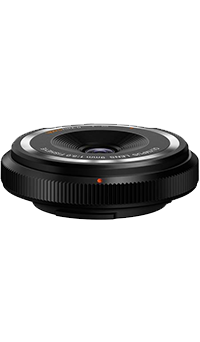

Selected Fisheye lenses for APS sensor cameras


Fisheye lenses for 35mm cameras




Final Thoughts
If you’re a photographer who considers portability when you shoot, an additional lens to your kit requires some thought and intention. First, ask yourself how often you’ll use a fisheye lens. Second, does a fisheye lens work for the type of photography you commonly do?
Suppose you’re a fashion photographer, a portrait photographer, or a food photographer. In that case, it’s strange that a fisheye lens will add more value to your workflow. This is because your photography likely relies on realistic representation of subjects; fisheye lenses are anything but natural.
Suppose you’re a landscape photographer or architecture photographer, or you enjoy making viewers examine a common situation in a new way. In that case, a fisheye lens can help bring a unique perspective to your work.
Experimenting with a fisheye lens is an excellent way to get a new viewpoint on old subjects. So if you’re looking for something different, give fisheye camera work a try.














